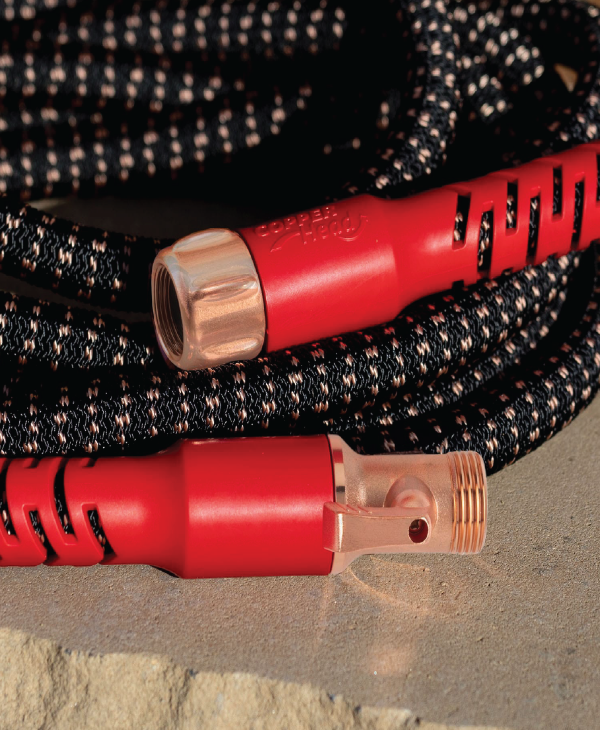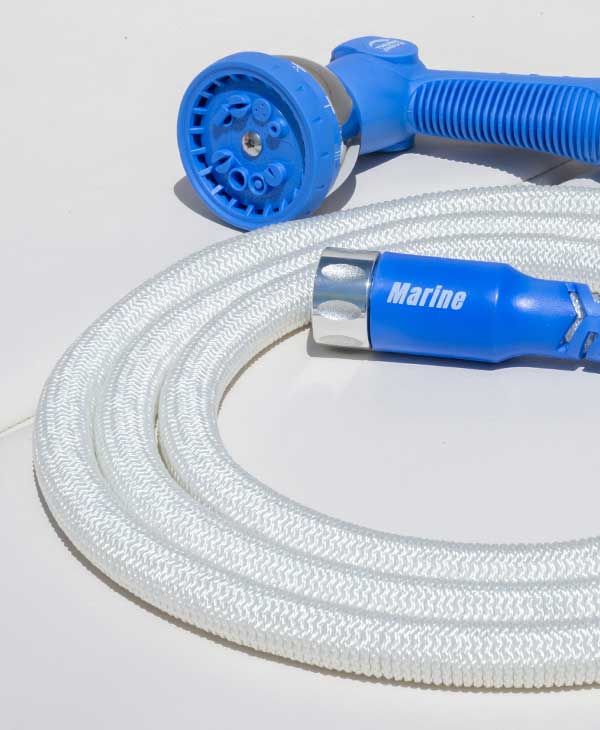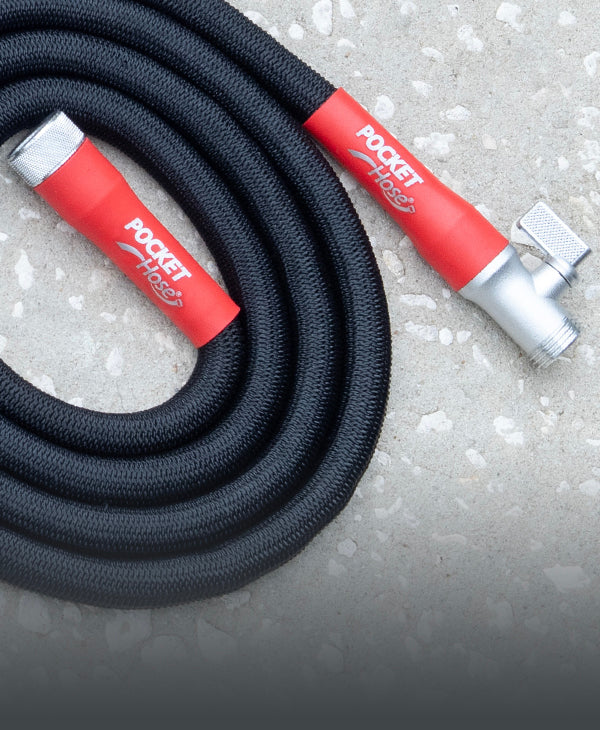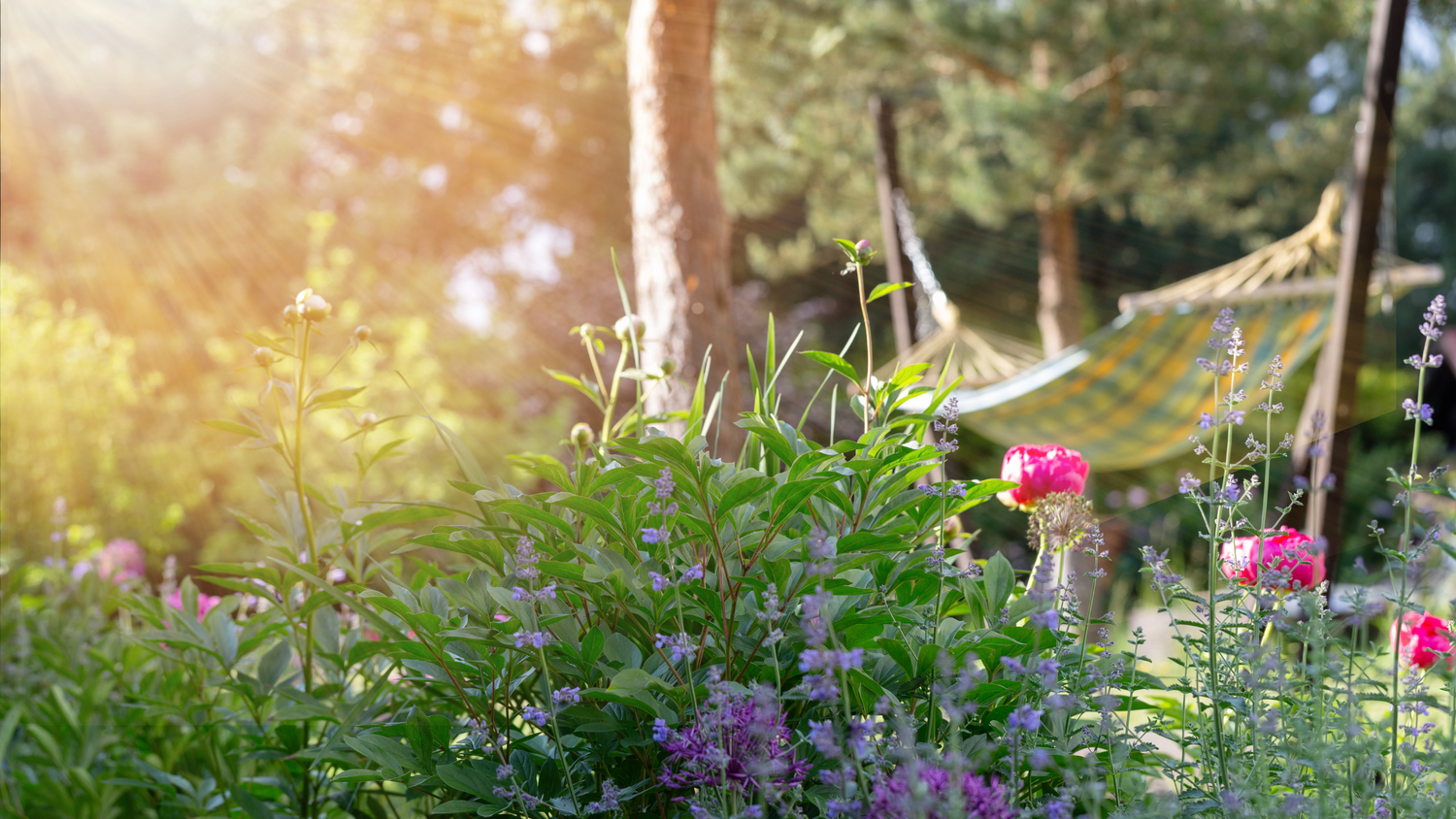In an era where time is a luxury, the allure of having a beautiful garden without the backbreaking labor or time-consuming maintenance is more appealing than ever. Fortunately, low-maintenance gardening isn’t just a dream—it’s a very attainable reality. With a selection of easy-care plants, even the most time-strapped or lazy among us can boast a green thumb. Whether gardening for beginners or looking to downsize your garden workload, this comprehensive guide will lead you through the world of low-maintenance plants, ensuring your garden is vibrant yet virtually self-sufficient.
The Joy of Low-Maintenance Gardening
Low-maintenance gardening offers a realm where beauty meets simplicity. It’s a strategy that involves choosing plants that require minimal care, allowing you to enjoy the fruits of your garden without the traditional labor associated with it. The philosophy underpinning low-maintenance gardening is not about neglect; it’s about making smart, sustainable choices that align with nature’s rhythm.
Easy-Care Plants 101
1. Perennials Over Annuals
Opting for perennials is a wise choice for the lazy gardener. Perennials, such as Daylilies, Lavender, and Sedum, only need to be planted once and will bloom year after year, with minimal upkeep required. This contrasts sharply with annuals, which must be replanted yearly, increasing your gardening workload.
2. Native Plants
Native plants are a cornerstone of low-maintenance gardening. These plants have adapted to your local climate and soil, reducing the need for watering, fertilizing, and combating pests. Favorites include Black-eyed Susan, Coneflower, and Switchgrass, which are known for their resilience and beauty.
3. Drought-Tolerant Varieties
Incorporating drought-tolerant plants such as Succulents, Lavender, and Russian Sage can drastically reduce your watering chores. These plants thrive with minimal moisture, making them perfect for areas prone to drought or for gardeners who prefer a more hands-off approach.
4. Self-Sowing Plants
Plants that self-sow, like Cosmos, Foxglove, and Poppies, are a lazy gardener’s dream. These plants take care of their propagation by dropping seeds that grow the following year and add unexpected bursts of color and variety to your garden over time.
The Art of Low-Maintenance Garden Design
Effective garden design can significantly reduce maintenance. Here are some strategies:
1. Grouping Plants with Similar Needs
Positioning plants with similar sunlight, water, and soil preferences together simplifies care and minimizes the risk of over or under-watering.
2. Mulching
A generous layer of mulch keeps weeds at bay, retains soil moisture, and reduces the need for water and herbicides, all contributing to a low-maintenance garden.

3. Simplified Lawn Areas
Expanding planting beds or incorporating hardscaping like pathways or patios can reduce the size of your lawn, significantly reducing mowing time.
4. Strategic Use of Containers
Container gardening can be an excellent approach for easy-care plants, as it allows for better control over soil conditions and can reduce problems with weeds and pests.
Tools and Techniques for Simplified Gardening
1. Drip Irrigation Systems
Investing in a drip irrigation system can save time, conserve water, and ensure plants get the moisture they need with little to no effort on your part.
2. Quality Mulching
As mentioned, mulching is incredibly beneficial. Select a high-quality mulch that complements your soil and plant needs.
3. Smart Gardening Gadgets
In the digital age, smart gardening gadgets, such as soil moisture sensors or app-controlled irrigation systems, can streamline garden maintenance and provide peace of mind.
Maintenance Tips for the Lazy Gardener
1. Routine Checks
Even low-maintenance gardens benefit from occasional observation. Regular, albeit brief, checks can help spot issues before they escalate.
2. Seasonal Clean-Up
Reserve a day each season for a thorough cleanup—removing dead plants in the fall, pruning in the late winter, and mulching in the spring to keep your garden healthy with minimal effort.
3. Embrace Imperfections
Part of the charm of a low-maintenance garden is its lived-in look. Embrace a bit of wildness, and remember that not every leaf needs to be pristine or every edge perfectly trimmed.
Final Thoughts
The lazy gardener's guide to low-maintenance plants shows that it’s entirely possible to cultivate a lush, vibrant garden without dedicating endless hours to its upkeep. By selecting easy-care plants and designing your garden with minimal maintenance in mind, you can enjoy the beauty of nature without the traditional labor-intensive care. Remember, low-maintenance gardening is about working with nature, not against it. With the right plants and a little upfront planning, your garden can thrive with easy, periodic care. So, embrace the ease of low-maintenance gardening, and watch as your garden becomes a self-sustaining oasis of beauty and tranquility.





Leave a comment
This site is protected by hCaptcha and the hCaptcha Privacy Policy and Terms of Service apply.